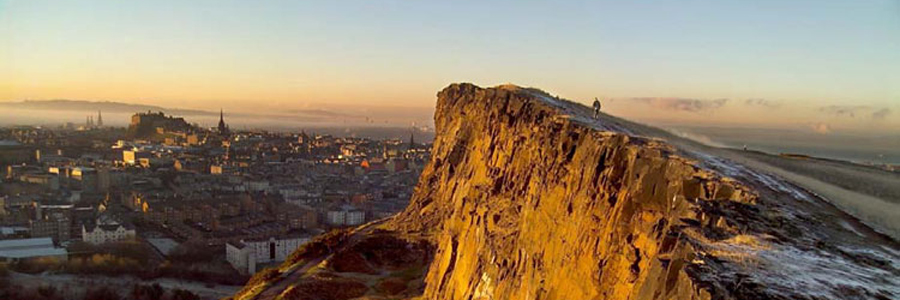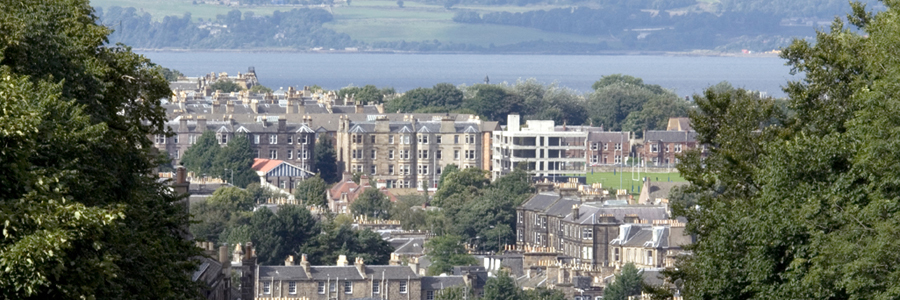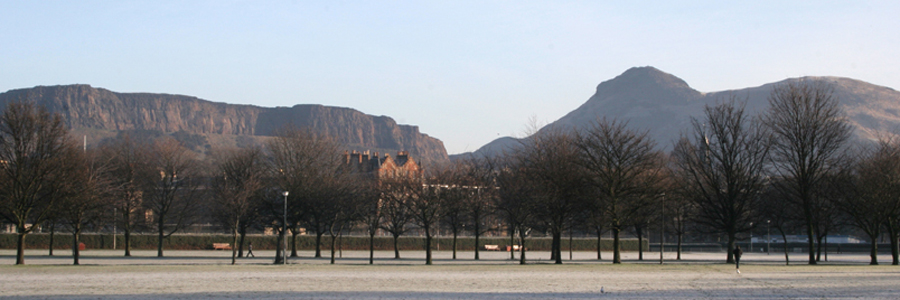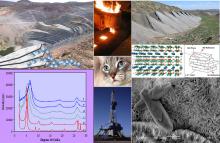Bentonites are very important industrial clays, which are valued by the industry due to the unique properties of smectites.
Sessions and symposia
Abstract deadline extended to 31st of March
The conference science programme will consist of four days of talks and poster sessions, with mid-conference field trips to a range of soil, geological, historical and general interest sites in the local and wider areas. A longer pre-conference field trip to the west coast of Scotland to explore the Tertiary zeolite localities is also planned. In addition, a pre-conference workshop is designed to bring together a range of communities interested in the properties of shales and their clay minerals; and a mid-conference short course on clay polymer interactions is offered as an alternative to the one-day field trips.
| Pre-meeting field trip | Monday 29th June to Saturday 4th of July |
| Workshop | Sunday 5th of July |
| Talks and posters | Monday 6th of July |
| Talks and posters | Tuesday 7th of July |
| Field trips and short course | Wednesday 8th of July |
| Talks and posters | Thursday 9th of July |
| Talks and posters, close | Friday 10th of July |
Further details can be found on the Programme page.
Clay and fine particle science has always been pursued across a wide variety of traditional scientific disciplines. The sessions that contribute to the programme of Euroclay 2015 reflect this broad reach of clay science and have been aligned with three cross-cutting societal research themes: Energy, Materials and Environment and Health.
Clay science has always had close links with Energy research such as in the discovery and recovery of hydrocarbons, more relevant than ever as we strive for ever enhanced recovery and to tap unconventional sources such as clay-rich shales; also the focus of many concepts for the safe containment of nuclear waste.
As far as Materials are concerned, clay must qualify as the oldest branch of all materials science but it continues to define some of the newest material developments and probably ranks as the most important and versatile of all of man’s industrial minerals with a wealth of modern applications and uses.
Environment and Health are also key areas where clay research has much to contribute to society. Careful but innovative management of soils will be key to future food and water security as population pressures increase; and we are only beginning to make a modern exploration of the many interactions and uses of clay minerals in relation to health.
The sessions and symposia at Euroclay have been assembled with these three themes in mind and the scope of some is spread across all three. We have also endeavoured to engage related disciplines that sit around the periphery of our clay world knowing that we inevitably all profit from such interaction; layered compounds generally and zeolites in particular share many commonalities. And finally there is essentially unlimited scope for general sessions to accommodate the additional breadth and wealth of clay topics that define modern clay science.
You can browse the sessions and symposia below or download a list of them as a PDF file, additionally there will arrangements for a wide range of general sessions at the conference.
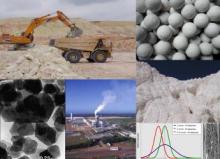
Industry perspectives in clay and fine-particle science
A wide-ranging session to include contributions in areas such as mineral deposits, characterisation for applications, processing of minerals, mining and bio-mining, beneficiation, remediation, appl
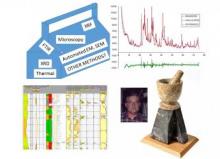
Developments and applications of quantitative analysis to clay-bearing materials, incorporating ‘The Reynolds Cup School’
Because of their effects on the physical and chemical properties of rocks, soils, clays, and industrial materials, and because of the genesis and history information they record, knowledge of the t
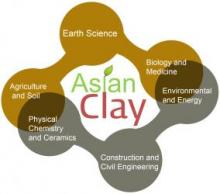
Asian Clay Minerals Group Research in Progress (II) (part of Euroclay2015)
The Asian Clay Research Group was organized through the Nagoya and Seoul meeting in 2010 and 2012. We plan to hold the 3rd meeting in Guangzhou in 2016.
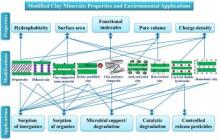
Clay and fine particle-based materials for environmental technologies and clean up
Environmental pollution is a growing public concern worldwide as society industrialises and citizens become more aware of the associated risks.
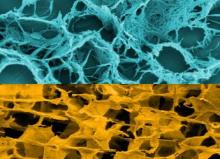
Beyond smectite-based nanocomposites
Nowadays, investigation on polymer-clay nanocomposites is already a well-established area of research that attracts scientists from both basic and applied research fields.
Bioreactive clay minerals: impacts on environmental and human health
Humans and animals have historically used clays to aid in digestion, protect skin, heal wounds and soothe musculoskeletal ailments.
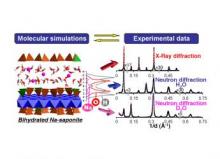
Structural characterization of lamellar compounds
Over the last decade or so, structural characterization of layered compounds has benefited from the intrinsic evolution of the commonly used techniques (TEM, XAS, XRD, etc), and especially from imp
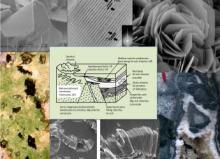
The many faces of chlorite
This session focuses on the many geological occurrences of chlorite: from soils to detrital sediments, to sedimentary and diagenetic systems, to hydrothermal alterations and to low- and medium-grad
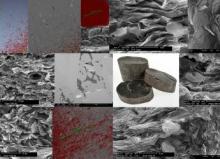
From microscopic pore structures to transport properties in shales (workshop follow-on session)
Argillaceous media are being considered as potential host rocks for the final, safe disposal of radio-active waste, and/or as major constituent of repository systems in which wastes will be emplace


